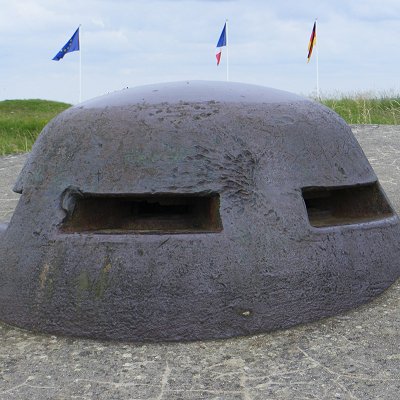
Like us on Facebook
PLACE NAMES


 
|
|
Verdun
|

| |
Verdun (Verodunum, a latinisation of a place name meaning "strong fort") was founded by the Gauls. It has been the seat of the bishop of Verdun since the 4th century, with interruptions. The 843 Treaty of Verdun divided Charlemagne's empire into three parts.
The city has been famous for dragées or sugared almonds from 1200 onwards; they were distributed at the baptism of French princes.
Verdun was part of the middle kingdom of Lotharingia, and in 1374 it became a free imperial city of the Holy Roman Empire. The Bishopric of Verdun formed together with Tull (Toul) and Metz the Three Bishoprics, which were annexed by France in 1552 (recognized in 1648 by the Peace of Westphalia).
From 1624 to 1636, a large bastioned citadel was constructed on the site of the Abbey of Saint Vanne. In 1670, Sébastien Le Prestre de Vauban visited Verdun and drew up an ambitious scheme to fortify the whole city. Although much of his plan was built in the following decades, some of the elements were not completed until after the Napoleonic Wars. Despite the extensive fortifications, Verdun was captured by the Prussians in 1792 during the War of the First Coalition, but abandoned by them after the Battle of Valmy. During the Napoleonic War, the citadel was used to hold British prisoners of war.
In the Franco-Prussian War, Verdun was the last French fortress to surrender in 1870. Shortly afterwards, a new system of fortification was begun. This consisted of a mutually supporting ring of 22 polygonal forts up to 8 kilometres (5.0 mi) from the city, and an inner ring of 6 forts.
 Feel free to Email me any additions or corrections Feel free to Email me any additions or corrections
LINKS AVAILABLE TO YOUR SITE
| | |





